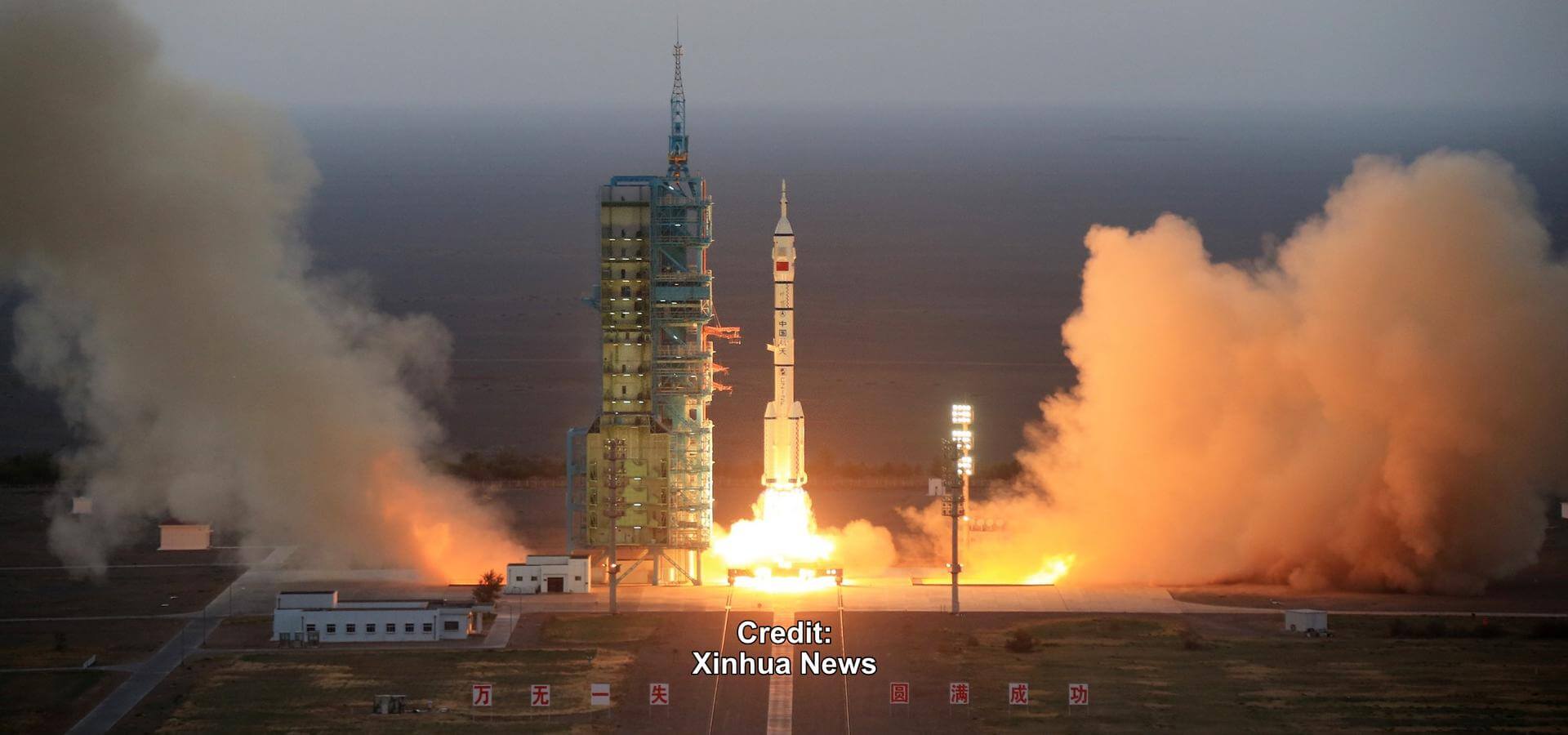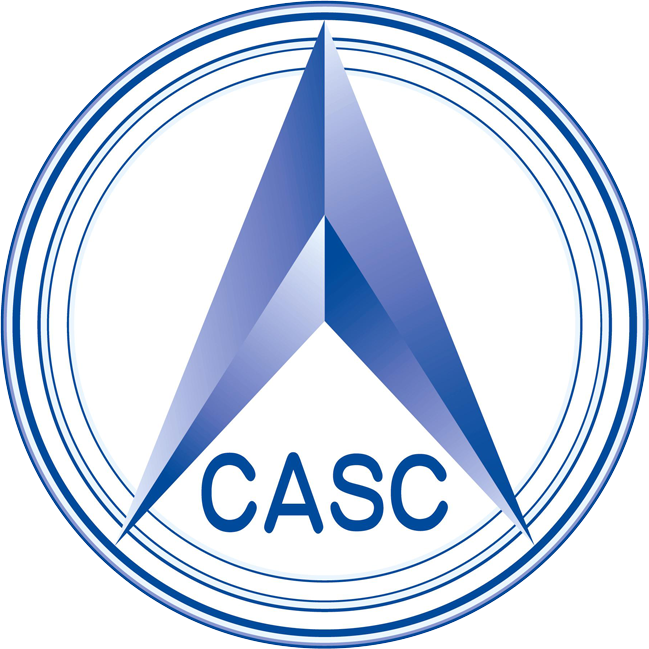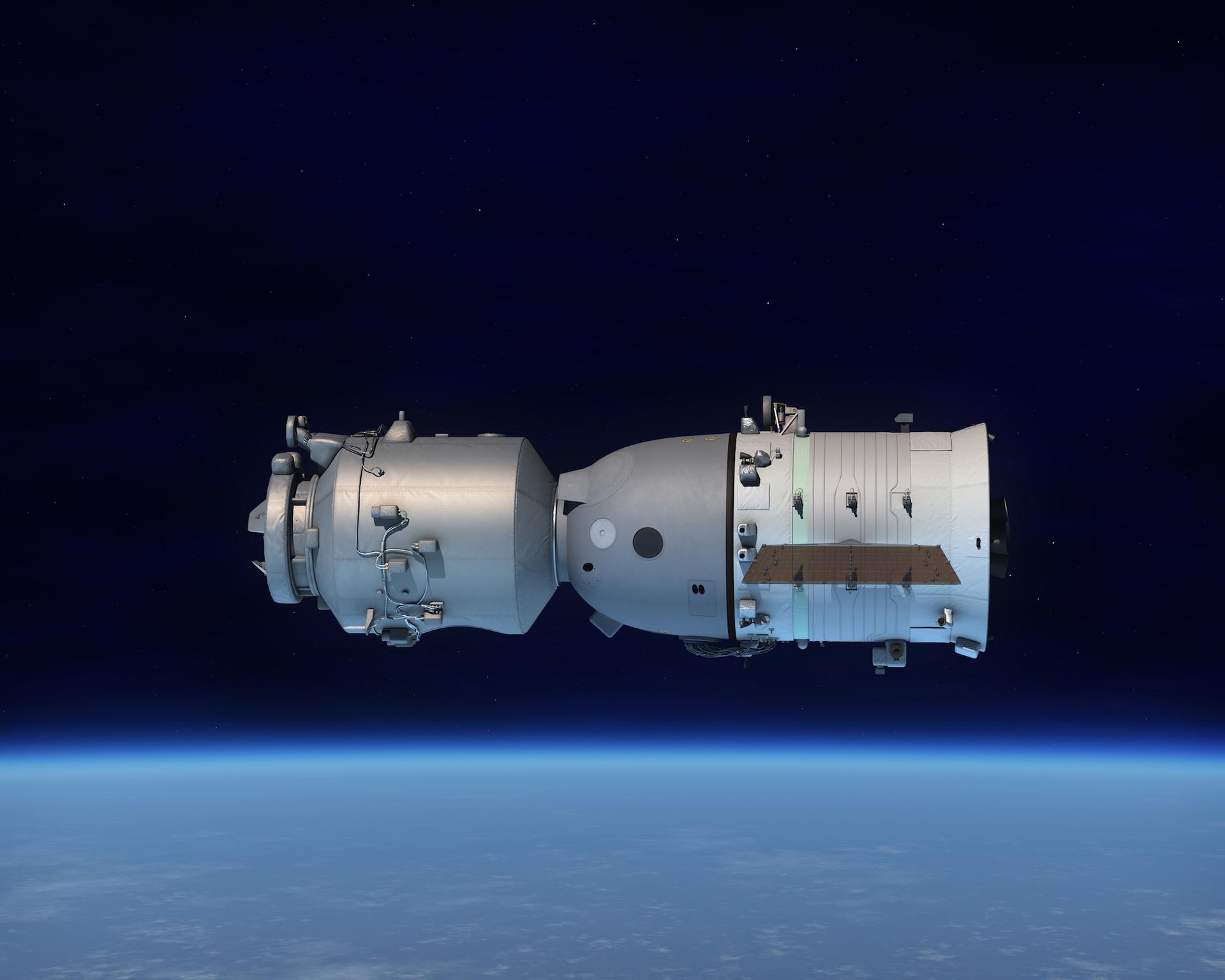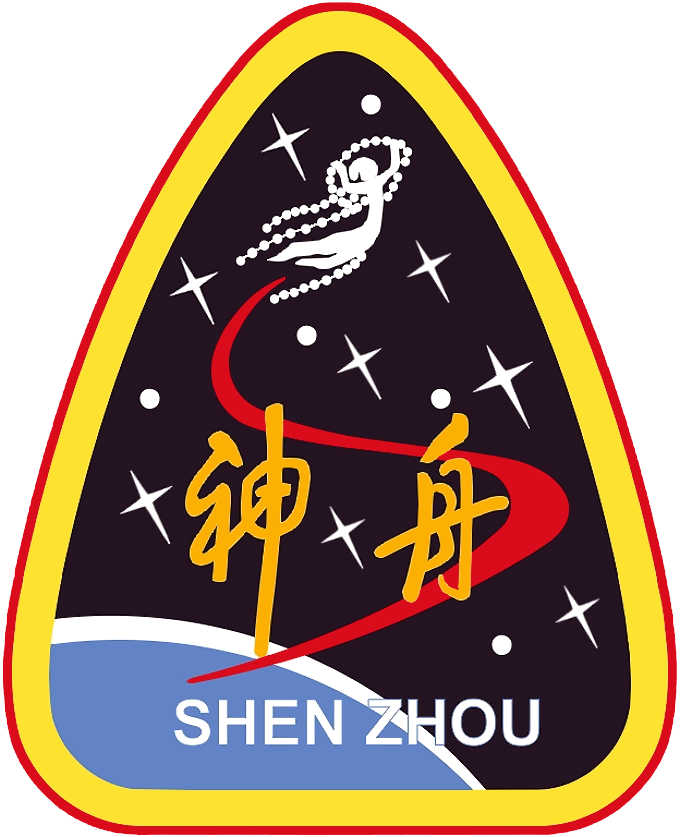Long March 2F | Shenzhou-4
Launch Area 4 (SLS-1 / 921)
Jiuquan Satellite Launch Center, People's Republic of China
T?
--
Days
:
--
Hours
:
--
Mins
:
--
Secs
Date Loading...
China Aerospace Science and Technology Corporation
The China Aerospace Science and Technology Corporation (CASC) is the main contractor for the Chinese space program. It is state-owned and has a number of subordinate entities which design, develop and manufacture a range of spacecraft, launch vehicles, strategic and tactical missile systems, and ground equipment. It was officially established in July 1999 as part of a Chinese government reform drive, having previously been one part of the former China Aerospace Corporation. Various incarnations of the program date back to 1956.
Shenzhou-4
Fourth and final test flight of the Shenzhou spacecraft, without crew on board. The spacecraft was flown in the same configuration as a crew-carrying mission, and as such two dummy astronauts were carried on board, as are sleeping bags, food and medication. The control systems were fitted with ability for manual control and emergency landing. The windows were constructed of a new material that was designed to stay clear even after reentry to allow an astronaut to confirm that the parachutes have deployed properly. The spacecraft carried 100 peony seeds to investigate the effect of weightlessness on plants grown from them. The 52 experiments onboard investigated areas in physics, biology, medicine, earth observation, material science, and astronomy.
Shenzhou 4
Serial 4
Launch Crew Count 0
Status Single Use
Landing Time 2003-01-05T11:16:00+0000
Long March 2F
Height 62.00 Meters
Max Stages 2
Mass To GTO 0 kg
Liftoff Thrust 5985 kN
Diameter 3.35 Meters
Mass To LEO 8400 kg
Liftoff Mass 464 Tonnes
Launch Success 7
Consecutive Success 7
Maiden Flight 1999-11-19
Launch Failures 0
Programs
Shenzhou
The Shenzhou program is a crewed spaceflight initiative by China. The program put the first Chinese citizen, Yang Liwei, into orbit on 15 October 2003.











